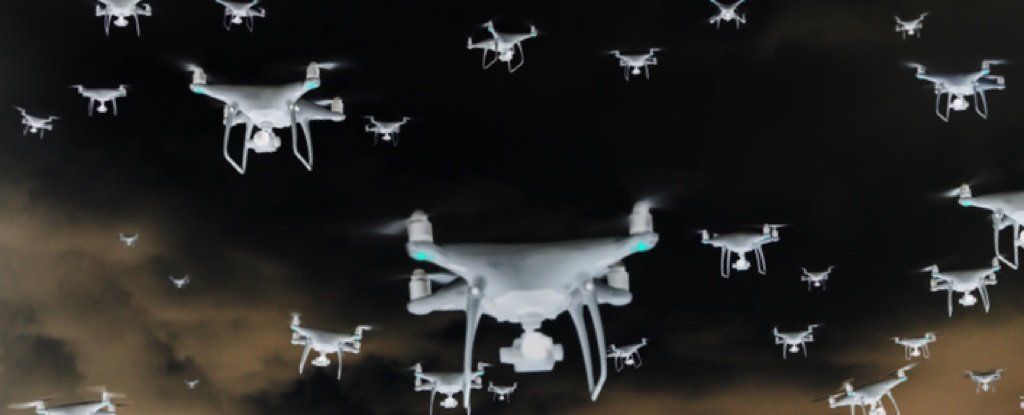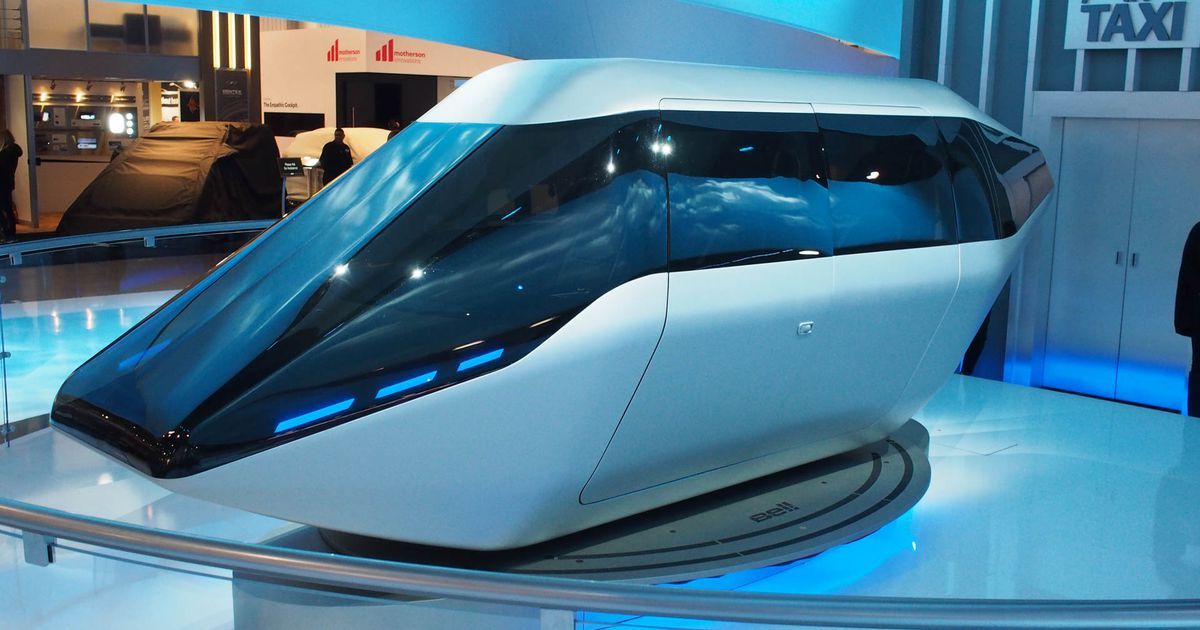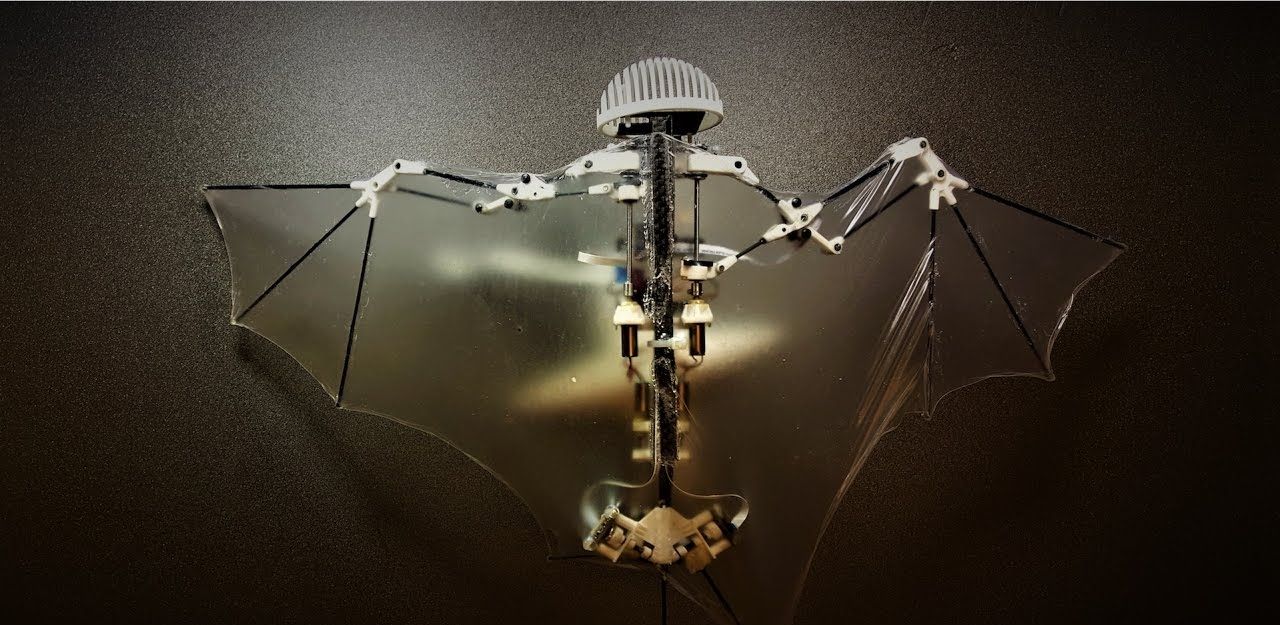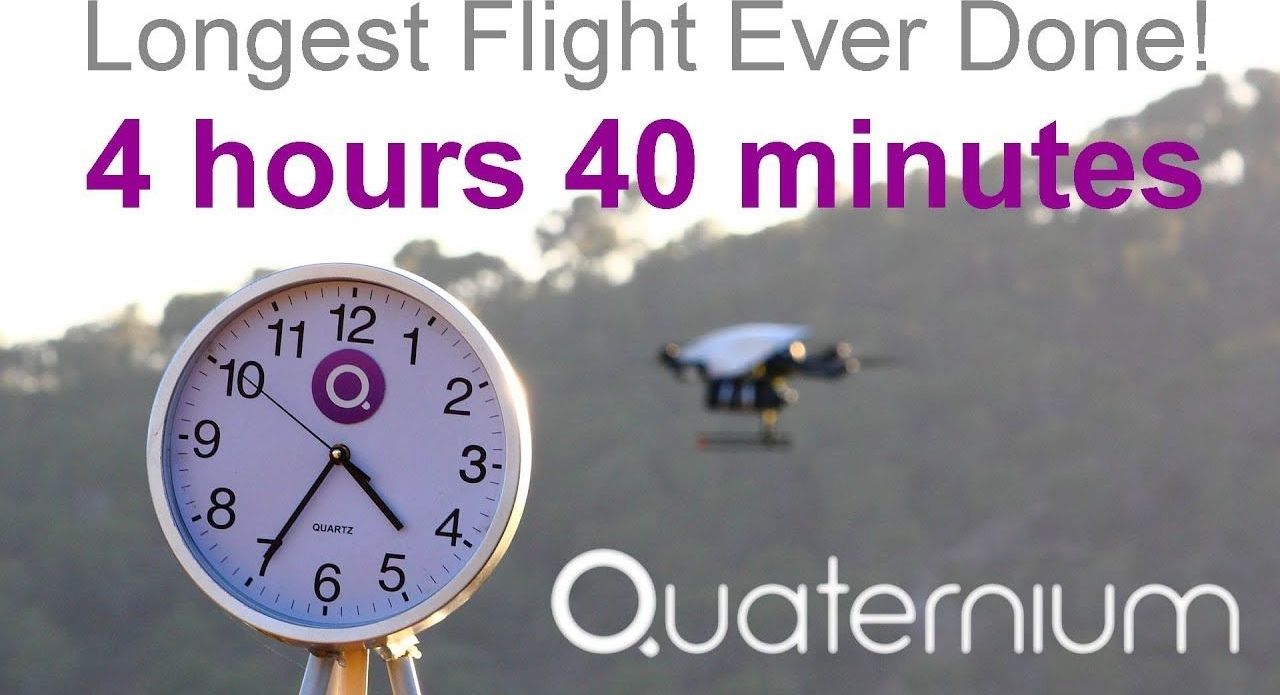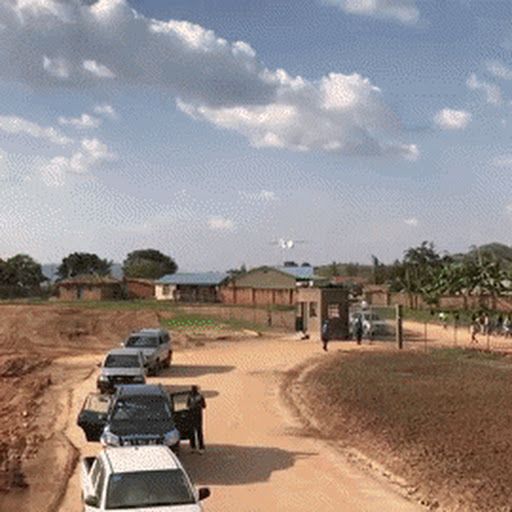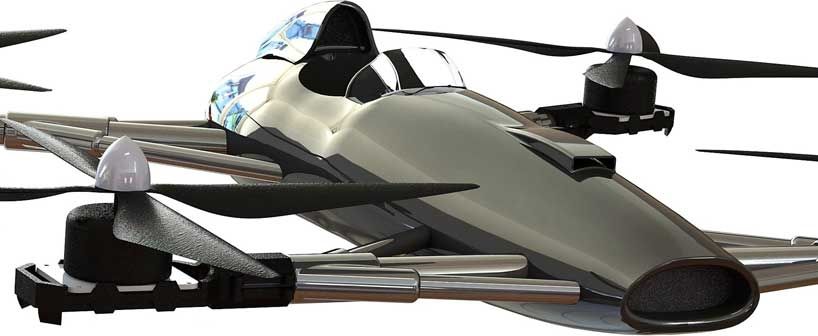https://youtube.com/watch?v=xqwS7CcjA28
Boeing unveils a squarish, skeletal quadcopter to try out new unmanned-delivery concepts.
Boeing’s newest prototype drone is a skeletal, squarish quadrotor built as a “flying test bed to mature the building blocks of autonomous technology for future applications,” the aircraft maker said in a statement.
Measuring 15 feet wide and 18 long, the Cargo Air Vehicle represents Boeing’s next step in its quest for next-generation vertical-takeoff-and-landing drones. Last year, the company acquired Aurora Flight Sciences, one year after the Virginia-based company established itself as one of the most interesting in the field by winning DARPAs VTOL X-Plane competition.


